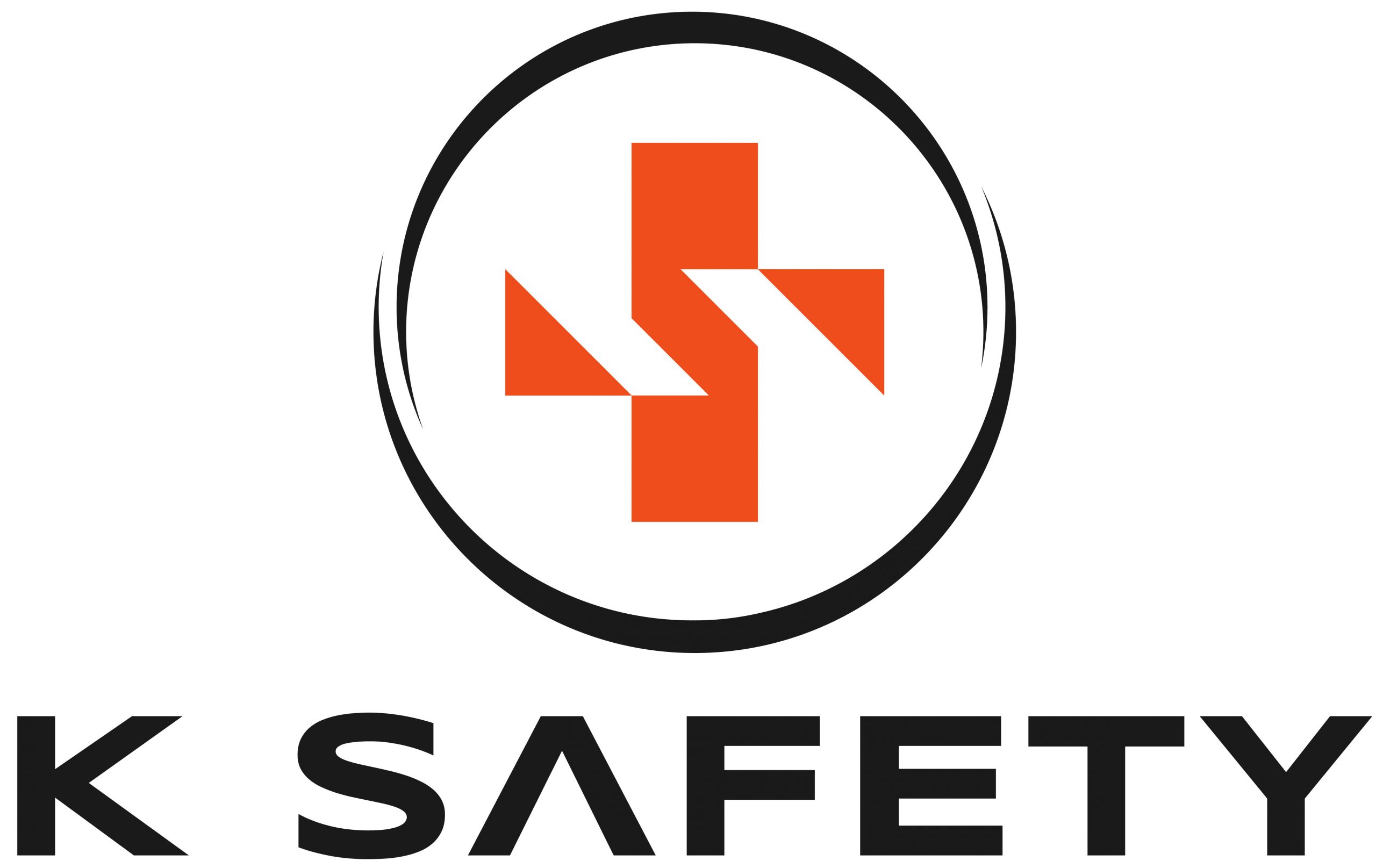Eye wash Station Requirements
ANSI Eyewash Z358.1-2014
The ANSI Z358.1-2014 standard establishes a universal minimum performance and use requirements for all Eyewash and Drench Shower equipment used for the treatment of the eyes, face, and body of a person who has been exposed to hazardous materials and chemicals. The ANSI Z358.1 Eyewash standard was first implemented in 1981. The standard was modified in 1990, 1998, 2004, 2009, and 2014.
Equipment that falls under this standard includes:
Drench Showers, Eyewash, Eye/Face Wash, Portable Eyewash, and Combination Eyewash & Drench Shower units.
The ANSI Z358.1 standard also covers equipment performance and use requirements for Personal Wash Unit Units and Drench Hoses, which are considered supplemental equipment to emergency Eyewash and Drench Safety Shower units. In addition to performance and use requirements, the ANSI Z358.1 standard also provides uniform requirements for testing procedures, employee training, and maintenance of flushing equipment.
2014 Updates to ANSI Z358.1-2009 Eyewash Standard
K Safety Inc. is a leader in the Emergency Eyewash industry, K Safety Inc. is committed to keeping our customers up to date on the most recent safety standards. By providing the most thorough and up to date information, we strive to help ensure regulations are met, and that the right products are applied within your application.
Here’s what’s new:
The majority of the ANSI Z358.1 standard did not change since the last 2009 version. Here is an overview of the newest, and most current changes for the ANSI Z358.1-2014 standard released on January 8, 2015:
– Section 4.1.5 – “Emergency showers shall be designed, manufactured and installed in such a manner that, once activated, they can be used without requiring the use of the operator’s hands.” (2009 standard did not specify hands-free operations for emergency showers).
– Section 4.6.3 – “Self-contained emergency showers shall be visually checked weekly to determine if flushing fluid needs to be changed or supplemented. Such inspection shall be conducted in accordance with manufacturer’s instructions.” (2009 standard did not specify checks were to occur weekly).
– Section 5.4.4, 6.4.4 – Eyewashes and Eye/Face Washes shall “be arranged such that the flushing fluid flow pattern as described in Section 5.1.8 (and 6.1.8) is not less than 33 in. and no greater than 53 in. from the surface on which the user stands and 6 in. minimum from the wall or nearest obstruction.” (2009 standard specified that the “height of the nozzles” be no greater than 45 in. The 2014 standard specifies that the “height of the fluid flow pattern” be no greater than 53. A greater importance has been placed on the height of the flushing fluid stream).
– Section 5.5.3 – “Self-contained eyewashes shall be visually checked weekly to determine if flushing fluid needs to be changed or supplemented. Such inspection shall be conducted in accordance with manufacturer’s instructions.” (2009 standard did not specify checks were to occur weekly).
– Appendix B5 – “A single step up into an enclosure where the equipment can be accessed is not considered to be an obstruction. Additionally, installers should allow for adequate overhead clearance to accommodate the presence of cabinets over a counter or faucet-mounted emergency eyewash so as not to create an additional hazard that could be encountered when using the device.” (2009 standard did not contain this verbiage).
For More info on Eyewash stations and units contact K Safety Inc. 435-592-3249 or kerrygunter.ksafety@gmail.com

